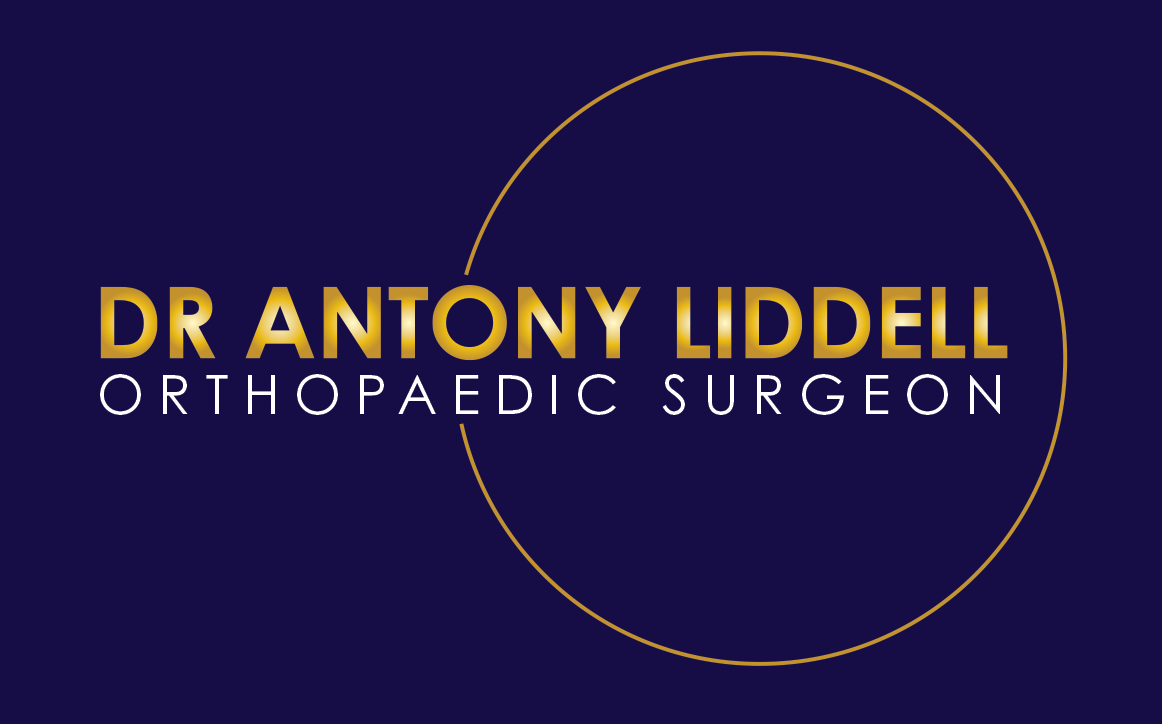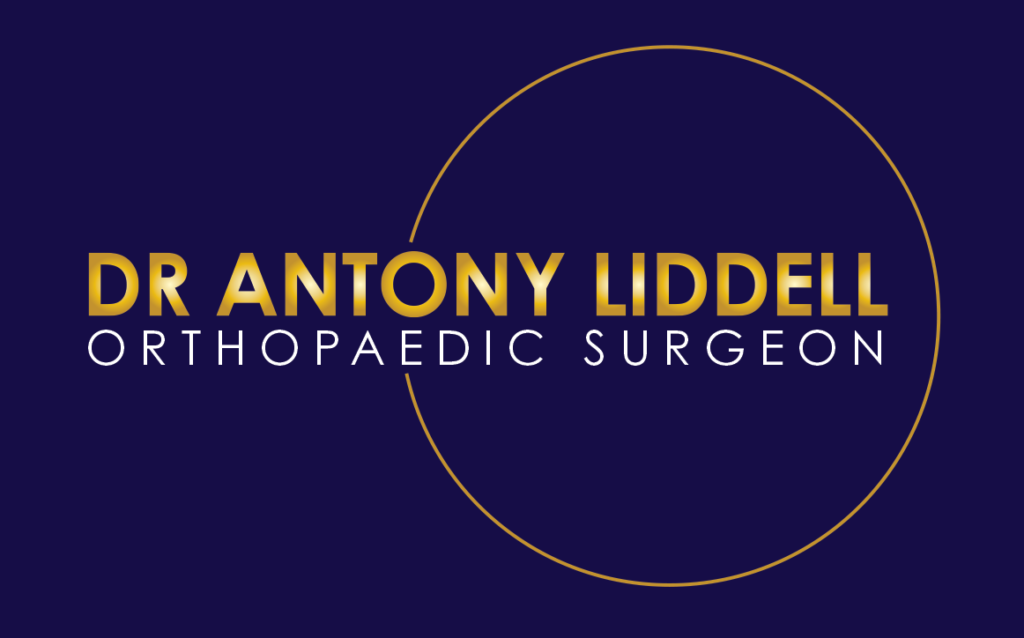Recovering from Surgery
Key Steps for a Safe and Effective Rehabilitation
Recovery is a crucial step in regaining mobility and improving quality of life following any orthopaedic surgical procedure and preparing mentally and physically for surgery is an important step toward a successful result.
Following these recommendations can help you recover faster and may reduce your risk of developing a complication after orthopaedic surgery. If you are however suffering from chest pain, shortness of breath or another potentially life threatening issue, do not delay, call 08 9212 4200 or Triple Zero 000 immediately!
Here’s what to expect following surgery with Dr Liddell:
IMMEDIATELY AFTER YOUR SURGERY
You will wake in the recovery unit under close monitoring. Once stabilised, you will be moved to the surgical ward where you can begin light hydration and nourishment.
- Bleeding: Bruising and minor wound blood ooze are expected after a procedure. Large or continued blood loss is rare and should be reported to Dr Liddell.
- Nausea & Vomiting: Dr Liddell recommends that you not drink or eat anything in the car on the trip home. The combination of anaesthesia, food and car motion can quite often cause nausea or vomiting. After arriving home, wait until you are hungry before trying to eat. Begin with a light meal and try to avoid greasy food for the first 24 hours. Take your pain medicine as directed. Begin taking the pain medicine as you start getting uncomfortable, but before you are in severe pain. If you wait to take your pain medication until the pain is severe, you will have more difficulty controlling the pain.
- Prevention of Constipation: Pain medication can be very constipating. Stool softeners and laxatives can be effective and are available from your local pharmacy- these do not require a prescription. Passing gas is normal and lets us know that your bowel function is starting to return; don’t be embarrassed by this. If you haven’t had a bowel movement (pooped) by the second day post-op, please ask your pharmacist (or nurse) to give you a laxative. If you normally have problems with constipation, let the nurses know what works at home to resolve the issue, and hopefully these methods can also be used for you in the hospital.
- Daily Activities: You will be able to resume most daily activities; however, you should avoid activities that place excessive stress on the operated area. Remove any floor rugs that could cause you to slip. Assistive devices such as a long-handled shoehorn, a long-handled sponge, and a grabbing tool can be used to prevent overbending.
- Scarring: Surgery involves cutting the skin to access the problem area. A permanent scar will form on the skin as a normal healing response. Scarring of a joint can contribute to the restriction of movement of that joint (stiffness). Most stiffness can be managed effectively with physiotherapy exercises. Severe scarring of a joint may require further surgery and removal of the scar tissue to restore movement of the joint. Scarring of bone is a normal response to broken bones (a fracture). This scar tissue is normally converted to new bone within 6 weeks of a broken bone. Key-hole (arthroscopic) surgery aims to minimise the damage caused to the skin and the tissue under the skin. Key-hole surgery causes less postoperative scarring, less joint stiffness and an earlier return to normal function.
Important Things to Keep in Mind
ESSENTIAL EARLY RECOVERY CARE
- Pain Management: Medications will be provided to manage pain. It’s important to keep your pain under control to facilitate movement and healing.
- Wound Care: Your wound will be dressed, and regular checks will ensure it’s healing properly. Keep the area clean and dry.
- Stockings and Compression Devices: You’ll wear compression stockings or foot pumps to prevent blood clots by promoting circulation.
- Moving and Walking: Early movement is encouraged. Once you are stable, your physiotherapist will help you take your first steps using crutches or a walking aid, gradually allowing full weight-bearing on the operated limb.
PHYSIOTHERAPY AND REHABILITATION
- Hip, Knee, and Shoulder Surgery: Recovery exercises tailored to your surgery will begin immediately, focusing on range of motion, strength, and flexibility.
- Day 1 Exercises: Simple movements like straight leg raises (for knees), shoulder pendulums (for shoulders), or leg swings (for hips) will be initiated to begin building strength.
- Progressive Physiotherapy: Over time, exercises will increase in intensity, helping you regain normal function.
AT-HOME RECOVERY
Once discharged, your recovery continues at home. Follow your prescribed rehabilitation plan and focus on maintaining mobility. Keep up with physiotherapy and monitor for any signs of complications like excessive swelling or infection.
Prepare Your Home:
- Ensure clear walking paths, remove trip hazards, and have necessities within easy reach.
- You may need assistive devices, such as a walker or handrails, in the bathroom.
Monitoring and Alerts:
While some swelling, warmth, or bruising around the surgical site is normal, be mindful of any abnormal symptoms like severe pain, fever, or signs of infection. If these arise, contact Dr Liddell or the hospital immediately.
LONG-TERM RECOVERY
As the weeks go by, your strength, mobility, and overall comfort should gradually improve. Staying consistent with your rehabilitation program is key to achieving the best possible outcome. While high-impact activities should be avoided, low-impact exercises like walking, swimming, or cycling may help maintain your fitness and support your healing.
Important Recovery Tips:
Rest, Ice, Elevate: Apply ice packs for 20 minutes every two hours to help reduce swelling.
Pain Medication: Take your prescribed medication as directed. Speak with Dr Liddell before stopping or changing any medications.
Listen to Your Body: Avoid overexertion and take breaks as needed. Recovery takes time, and steady improvement is normal.
Driving After Surgery:
Only resume driving when*:
You are pain-free
- No longer require a splint or brace
- Have regained enough strength and movement in the affected limb
After shoulder surgery, aim to have:
- At least 90 degrees of shoulder motion
- Near-full elbow extension
*Always check with Dr Liddell before getting behind the wheel again.
Flying After Surgery:
Arthroscopic surgery or cast application: Wait 1–2 days
Simple open surgery: Wait 4–5 days
Complex procedures or fracture stabilisation: Wait 14 days
Total hip replacement: Wait 3 months before flying
Check with your airline about seating arrangements and turbulence policies before booking your flight.
Dr Liddell and his team are here to support you throughout your recovery. If you have any questions or concerns during this time, please don’t hesitate to get in touch.

